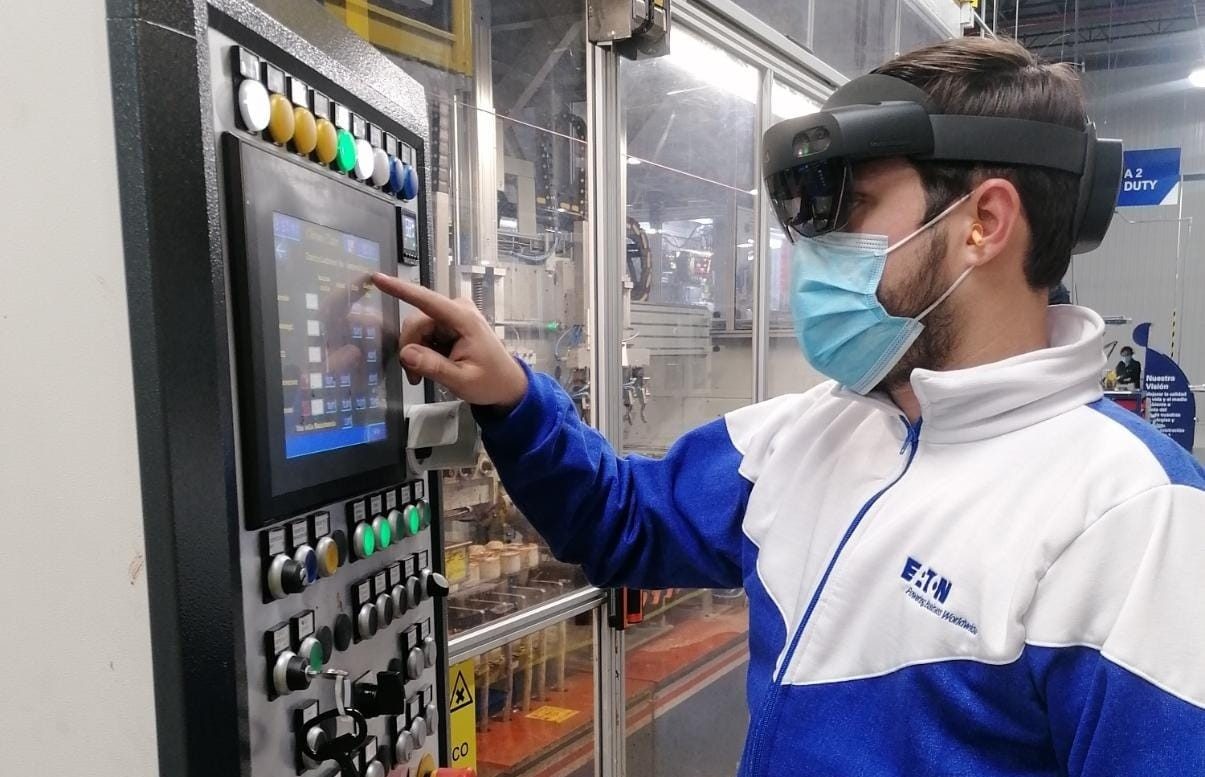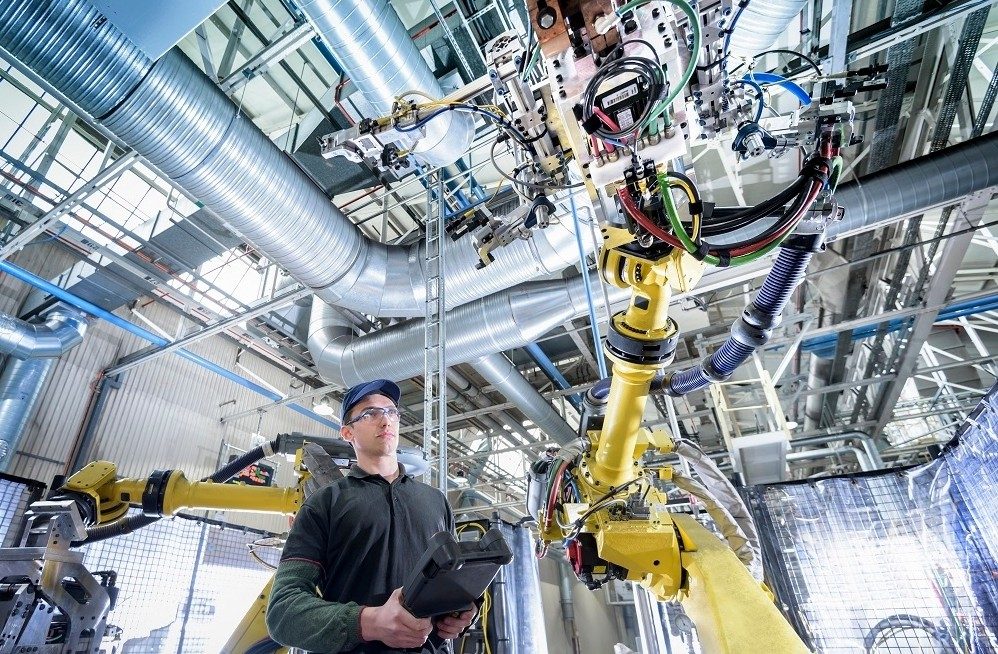
Our friends at EATON have recognised that we're in the midst of a significant transformation - the digital transformation of manufacturing. Here’s how they intend working towards a future that’s connected, data-driven and smart...
The 4th industrial revolution
Industry 4.0, is the automation of traditional manufacturing practices using digital technologies like the Internet of Things (IoT), robotics, additive manufacturing, factory simulation and augmented and virtual reality. Manufacturing models are becoming autonomous and using algorithms and machine learning to become “smart.”
By leveraging Industry 4.0 technology, we’re significantly improving our manufacturing operations and adding value for our customers— creating and developing systems and processes that are connected, flexible and optimized. Innovative, scalable and data-driven manufacturing models are resulting in higher product quality, decreased time-to-market, reduced environmental footprint and a safer and more productive workforce.
The power of data – turning insights into intelligence
There’s no question data is critical to enabling intelligent factories. But knowing how to process, use and learn from that data is what leads to success. Enabled through IoT and connected devices, real-time data collections are growing by the minute. The key to success lies in the ability to take the data, quickly and seamlessly get it to the right people and use it to make intelligent decisions. By leveraging artificial intelligence (AI), we can provide data-driven insights that help drive major operational improvements - saving time and costs throughout the manufacturing process.
Creating better work experiences through functional productivity
From field service and shop floor employees, to knowledge workers and managers, Industry 4.0 is fundamentally reimagining and transforming the way we work. Industry 4.0 technology is allowing our employees to push the paperwork aside and focus time and energy on higher value-add areas. We’re enabling functional productivity by focusing on three areas:
1. Process optimization - Examining process inputs/outputs, leaning out processes and investigating different ways of accomplishing tasks through design thinking and analytics.
2. End-to-end automation - Processing data efficiently with AI, enabling next generation machine-learning and robotics.
3. Digital tool adoption - Change management, employee resourcing, skills, training and adoption.
Industry 4.0 technologies
We're leveraging Industry 4.0 technologies on our factory floor and beyond...
Additive manufacturing
Additive manufacturing, or 3D printing, allows us to create new products faster than traditional manufacturing. By adopting and advancing our 3D printing practices, we’re able to meet higher demand and improve speed to market on new products and models— all while advancing sustainable manufacturing practices and reducing CO2 emissions.
Augmented reality
Whether it’s connecting our teams virtually, providing remote support and training to customers or using digital twins for product development, leveraging augmented and virtual reality in our facilities is fast becoming our new normal. We’re reducing our environmental footprint by eliminating unnecessary travel, allowing a more productive workforce through faster training and troubleshooting and lowering operating costs by improving our product development processes.
Factory simulation
By digitally simulating a manufacturing line or cell, we can determine the best combination of resources to reach the desired result in the safest and most efficient way. By allocating machines and manpower more effectively, we’re keeping our employees safe and increasing speed-to-market.
Robotics
From automated machines and cobots (collaborative robots) on the production line to automated guided vehicles (AGVs)/autonomous mobile robots (AMRs) traversing throughout our facilities, we’re leveraging robots alongside humans to keep our employees safer and improve quality and productivity.
Connected solutions
By utilizing connected and intelligent solutions that enable automatic, real-time data collection on our production lines, we're improving overall equipment effectiveness (OEE) and realizing the benefits of predictive maintenance. Statistical process control (SPC) methods and digital end-to-end traceability are allowing us to increase efficiency and quality while reducing waste. And digital work instructions are increasing workforce productivity and leading to faster process development and more flexible work processes.
Resources:
1. CHAT to us for an Eaton solution for your facility
2. LEARN more about Industry 4.0
3. SUBSCRIBE to receive these informative articles, straight to your inbox
Source:



